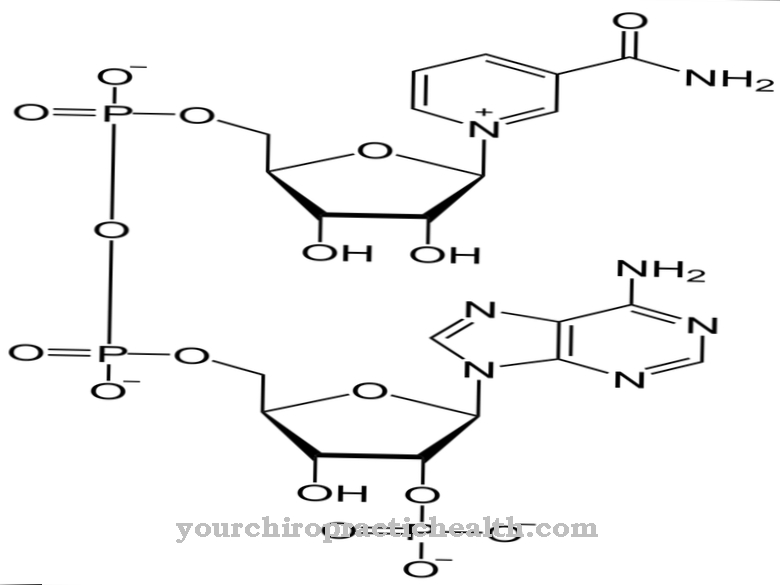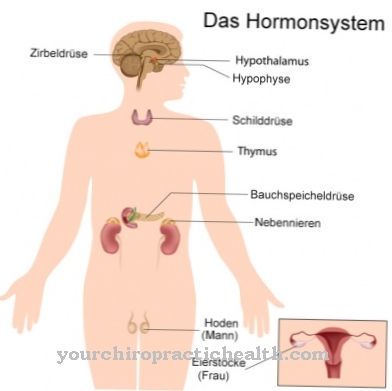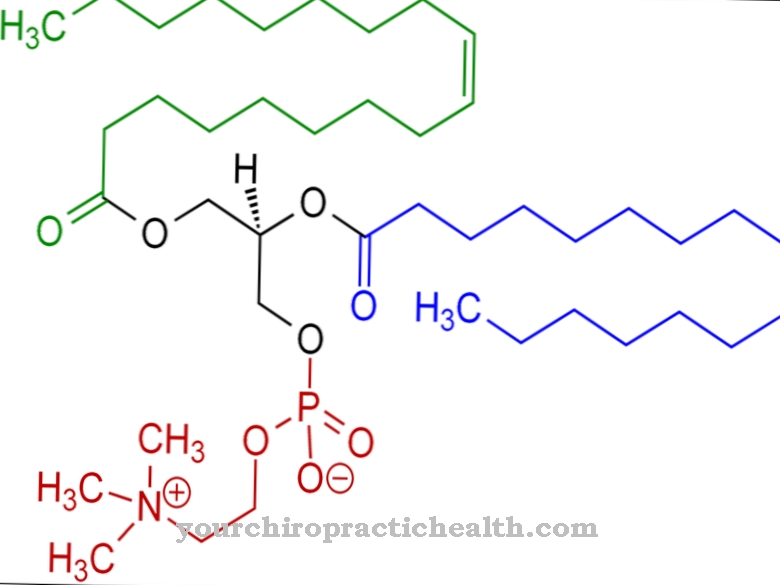Source material for thousands of different Amines is ammonia (NH3), in which the hydrogen atoms are successively replaced by alkyl groups or by aryl groups with at least one aromatic six-membered ring.
Biogenic amines are formed by the decarboxylation of amino acids. They have a direct metabolic effect or are part of a complex enzyme or hormone, or they form the precursors for a large number of hormones, enzymes, neurotransmitters and alkaloids.
What are amines?
The basic substance for the formation of amines is ammonia (NH3). The substitution of one, two or all three hydrogen atoms with alkyl or aryl groups results in primary, secondary or tertiary amines.
Alkyl groups are aliphatic hydrocarbon chains which are defined by the general empirical formula CnH2n + 1. The simplest form is the methyl group with the empirical formula –CH3. Aryl groups consist of an organic radical with at least one aromatic six-membered ring as a basic structure. The phenyl radical (-C6H5) forms the simplest aryl group. Biogenic amines are not newly synthesized on the basis of an ammonia derivative, but obtained by decarboxylation of amino acids, the removal of the carboxyl group (-COOH) with splitting off of a carbon dioxide molecule.
Alternatively, biogenic amines can also be ingested directly with food and absorbed in the small intestine (ileum). Biogenic amines such as beta-alanine and cysteamine are components of certain coenzymes or act as neurotransmitters such as alpha-amino-butyric acid, dopamine, serotonin and noradrenaline. Other amines form the precursors to cobalamines (vitamin B12), catecholamines, a large number of alkaloids and many other bioactive substances.
Function, effect & tasks
An immense variety of biogenic amines are involved in a great number of metabolic processes as neurotransmitters or as part of enzymes or hormones. On the other hand, as a precursor for a number of other hormones, enzymes, neurotransmitters and alkaloids, amines also have an indirect influence on the body's metabolism.
The biogenic amine phenethylamine (PEA) plays a special role. Biochemically, it represents a preliminary stage for the synthesis of catecholamines such as adrenaline and dopamine. PEA has a stimulating effect on the metabolism similar to that of the sympathetic system. Blood pressure and blood sugar levels increase and the breathing rate increases. The body's tolerance to PEA varies greatly from person to person. The influence ranges from slightly stimulating to toxic effects. The multitude of functions and tasks shows that the concentration of specific amines, which are directly involved in control functions of the metabolism, must be sensitively monitored and controlled.
This is especially true for exogenously ingested amines, the accumulation of which in the body depends on the chance of food intake. The resulting potential problems are addressed by enzymes such as oxidases, methyltransferases and other catabolic enzymes. The degrading enzymes, each specialized in the inhibition of certain amines, prevent an excessive increase in the concentration of neurotransmitters and other directly effective amines.
In order to prevent too much inhibition of the catabolic enzymes, special amines act as inhibitors of the catabolic enzymes. The biogenic amine tyramine, a neurotransmitter that the body derives from tyrosine by decarboxylation, acts, for example, as an inhibitor of diamine oxidase (DAO) and histamine-N-methyltransferase (HNMT). Tyramine thus prevents the histamine from being broken down too quickly.
Education, occurrence, properties & optimal values
The almost unmanageable multitude of biogenic amines with a simple to complex structure are produced in the body through the enzymatic-catalytic conversion of amino acids, or they are taken in through food and absorbed in the small intestine.
Biogenic amines, which usually have a slightly alkaline effect in the body, are found in low concentrations in many foods such as meat, fish, milk and dairy products as well as in various types of vegetables. Since amines are often synthesized by microbes, the content of biogenic amines, especially that of histamine, is particularly high in fermented foods such as sauerkraut, beer and wine as well as in certain (mature) cheeses and meat products, which can lead to an oversupply. Some people react with reddening of the skin, itching, nausea, migraines, and circulation problems.
These are not allergic symptoms, but overreactions to too much histamine. Histamine is an important messenger substance and stimulant of the immune system. As a tissue hormone, histamine, which can also be formed from the amino acid histidine, is involved in all inflammatory reactions. An optimal concentration of biogenic amines in the body cannot be defined as the need depends on the situation due to their diverse manifestations and functions.
Diseases & Disorders
The very diverse tasks and functions of the amines, which are often connected in the intermediate metabolism with chains of enzymatically-catalytically controlled biochemical reactions taking place one after the other, mean that disturbances can also occur.
Often the disorders lead to symptoms and complaints that are unspecific and only allow conclusions to be drawn about specific problems when certain symptoms occur at the same time. An example of an indication of insufficient supply of certain monoamines such as norepinephrine, serotonin and other neurotransmitters are symptoms such as tiredness, lack of drive and depressive moods. The underlying lack of certain neurotransmitters and hormones can be due to an actual undersupply or to a disturbed function of the receptors.
A reduced receptor activity can, for. B. occur as an undesirable side effect of drugs or caused by certain toxins. In both cases, the aim of therapy is to increase the supply of the corresponding biogenic amines. The opposite situation, an oversupply of biogenic amines, can also be triggered by a gene mutation that causes a deficiency in mono- or diamine oxidase enzymes.
Substances such as noradrenaline, serotonin and others cannot then be metabolized to the required extent, which can lead to allergy-like symptoms. Certain foods or substances can strengthen or weaken the effect of biogenic amines. For example, alcohol consumption increases the effect of the amines.
























.jpg)



